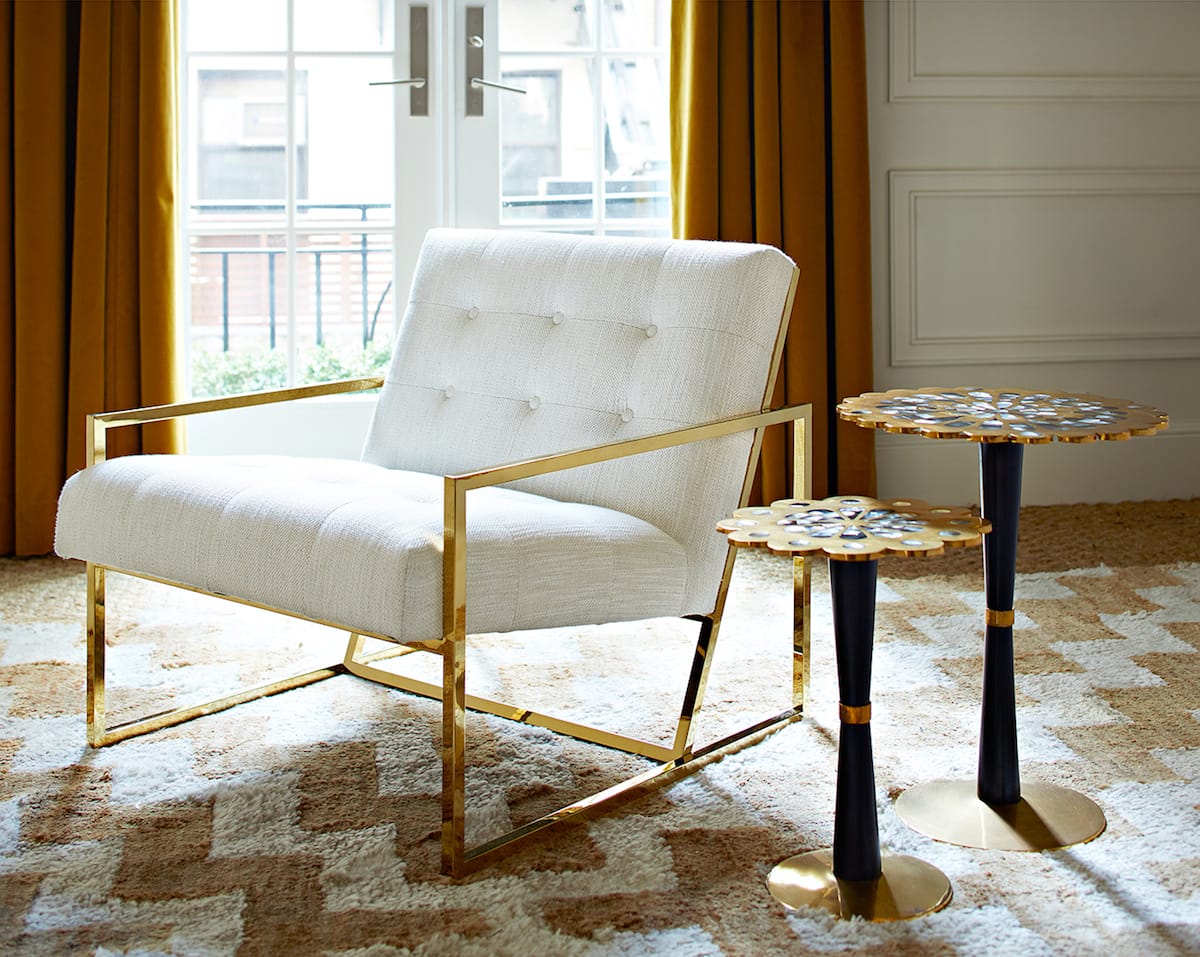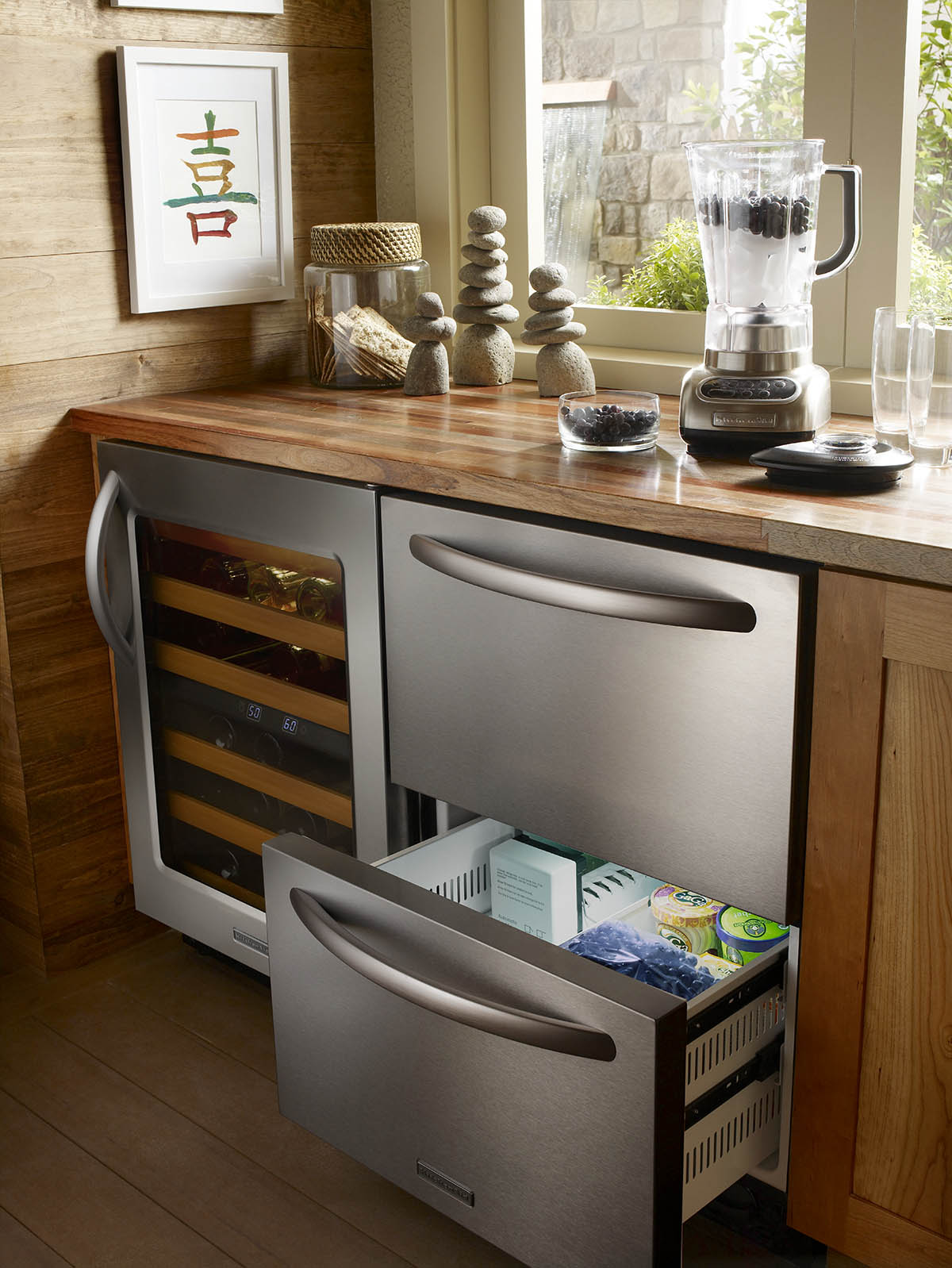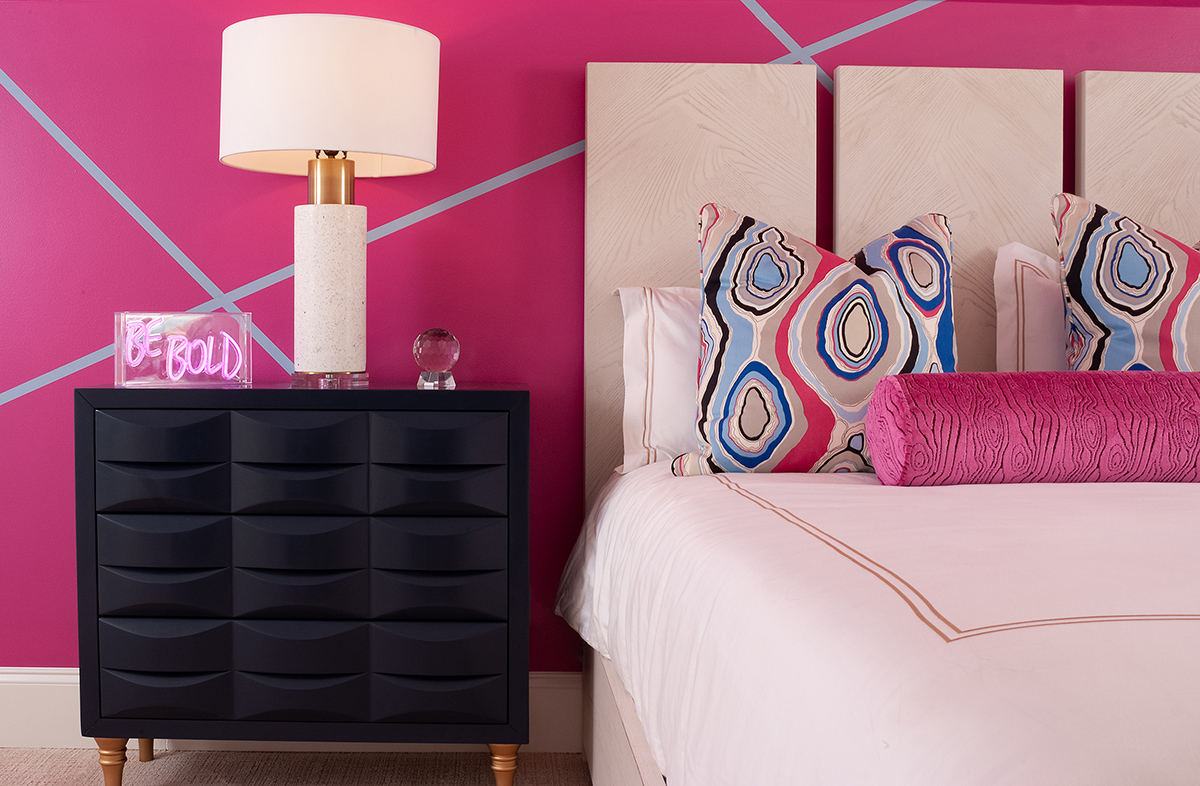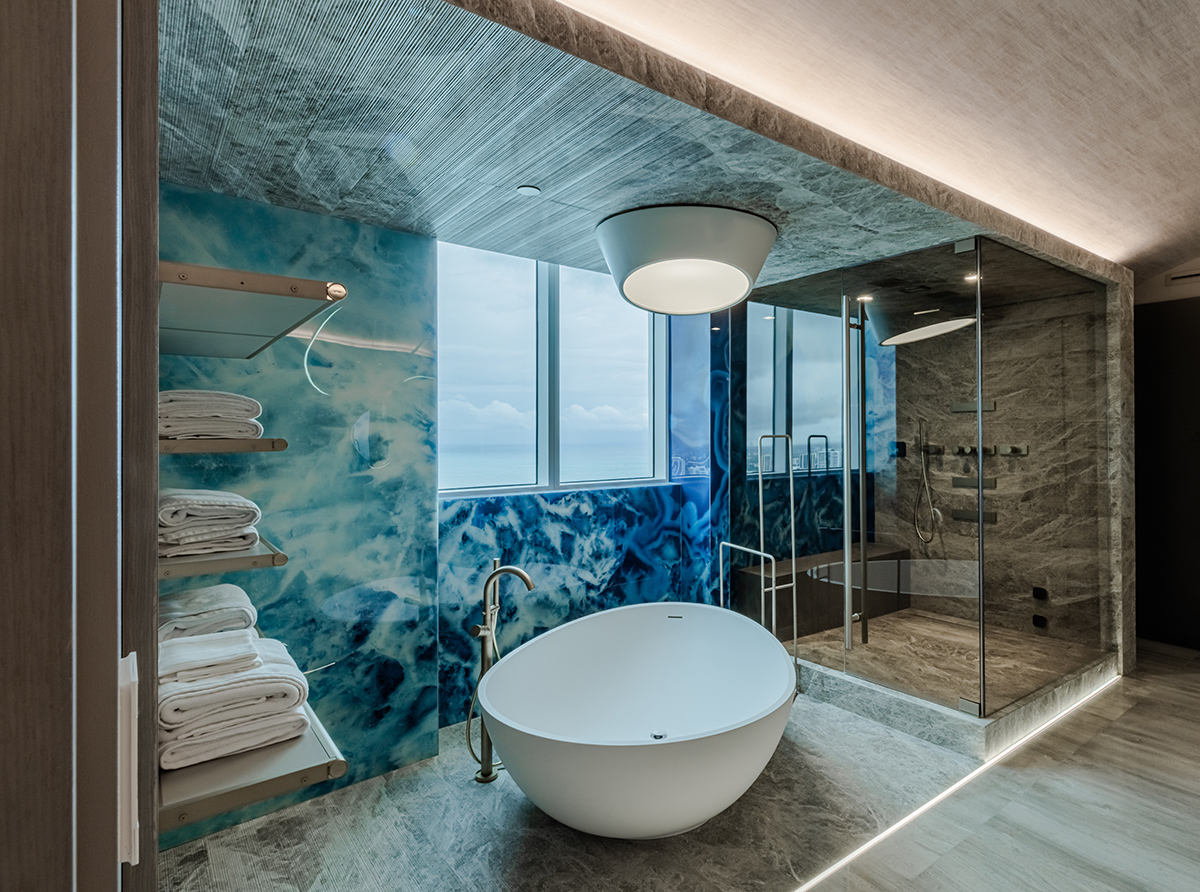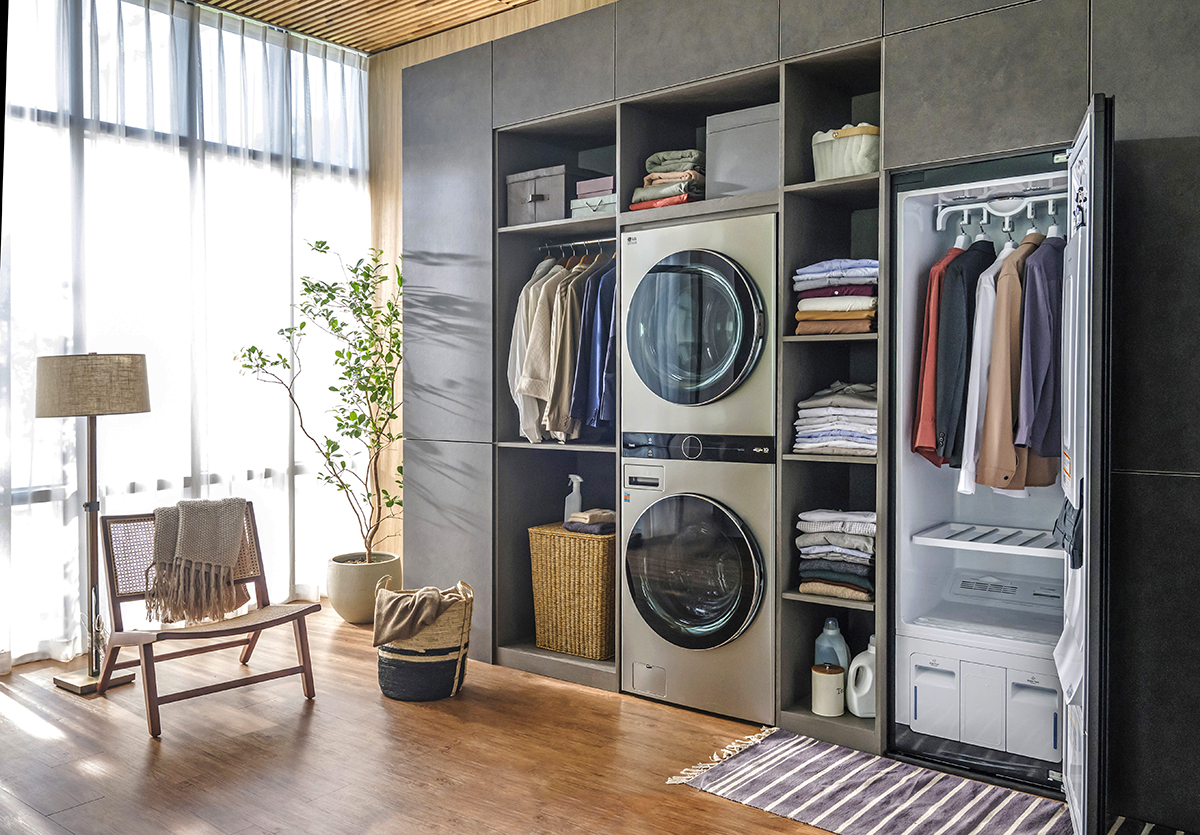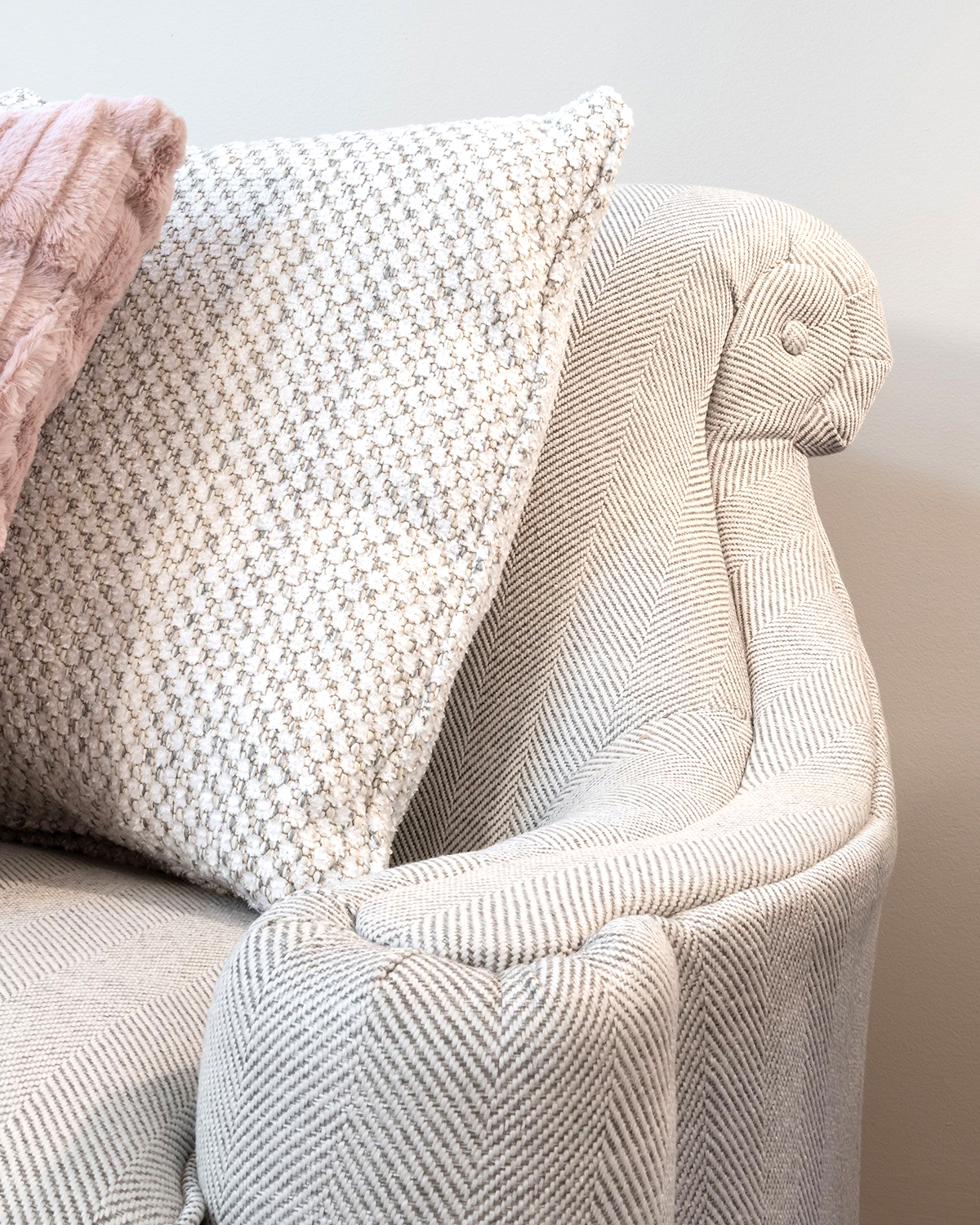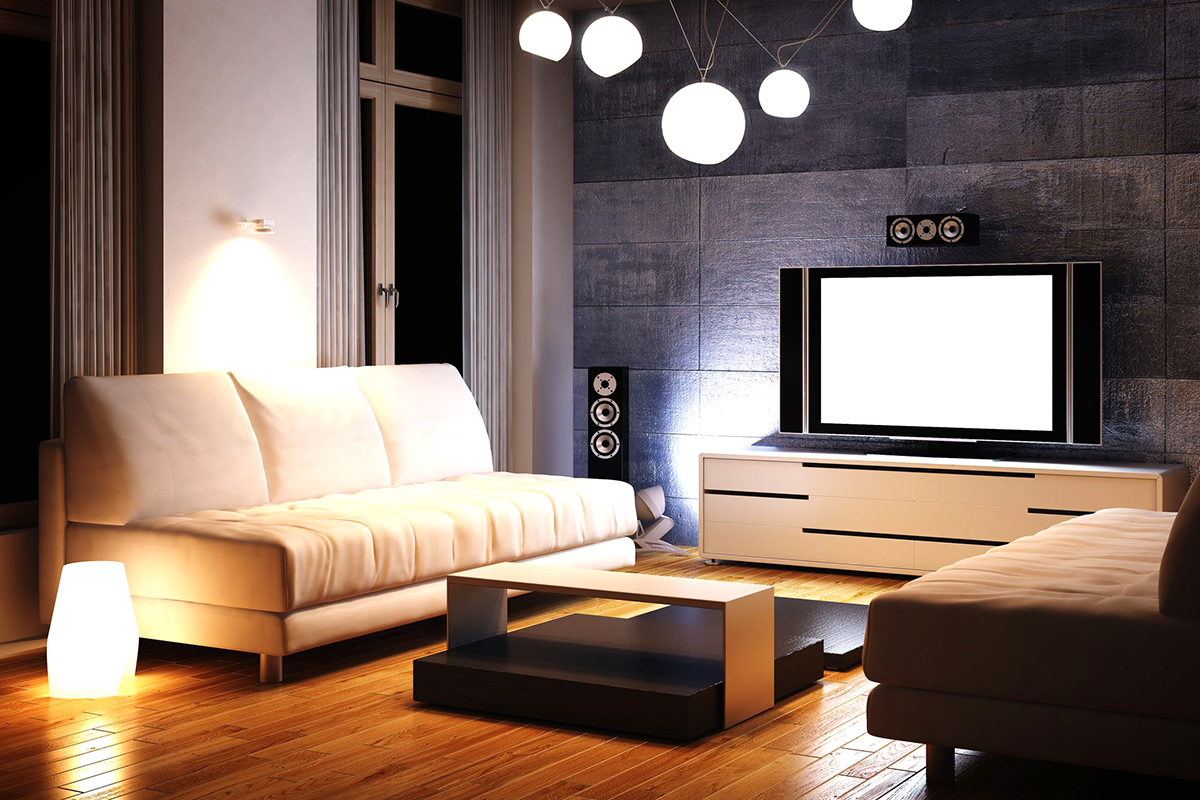WRITER | JENNIFER BUTLER AND AMY VANDE STREEK
Remember the days of Volvo Wagons, the W124 series Mercedes-Benz E-Class, or Hummer H1s? These cars embodied boxy but beautiful. Their square frames and chiseled edges were hot. But by the early ‘90s, car bodies shifted from blocky to curvy. Why? European style trends, demands for fuel economy and new technology.
What do cars have to do with furniture? For the same reasons cars went from crisp to contoured, and back again (Ford Bronco 2020): style, function, and technology chart the course for which forms of furniture we choose for our homes.
Bending Trends in Furniture
Some people like curvy, some like boxy. Some like both depending on if we’re talking about cars or club chairs. People change. Personal preferences evolve. Home trends shift. These forces influence the furniture we bring home.
This year, mixing is trending. Combining old and new, low-cost and high-end, matte and metallic. For curvy and edgy, combine a sumptuously rounded velvet chaise with a square marble and brass cocktail table. In a dining area, try combining a demure chair with a rounded seat back at a blocky rectangular dining table. If you prefer a more centering and relational dining experience, go for a round table with an angular pedestal base or matchstick legs. Furniture is as complex as we are, and that’s something we can celebrate in our homes.
Furniture That Functions and Feels Good
In general, angles offer durability and curves offer comfort. How well an item is designed and constructed is just as important as how comfortable it is. Ultimately, furniture that works best and also feels good depends on the person using it.
Seat depth and back height require meticulous attention to edges and angles so that your head rests and your knees bend in just the right places. If those angles are wrong, it doesn’t matter how supple the leather is or how luxurious the down cushions are. When the proportions fit right, you can happily lounge in comfort.
Quality furniture does not trade construction for style. Joinery methods where angles meet are fundamental to keeping furniture stable. Whether straight or curved, when crafted correctly, there is the greater promise of furniture that you can truly relax in and live at ease with.
Concerning the look and feel of furniture, softness and curviness exude warmth and relaxation, while angles and edges can seem cold and uncomfortable. A curved sofa or round ottoman in a square room may take up more floor area but may be a better use of space if it’s a place you could see yourself hosting and entertaining friends and family in more frequently. If you’re more attracted to straight lines and a cleaner aesthetic, you can take off the edge with soft fabrics in warm jewel tones or tufted leathers. Pair a geometric glossy credenza with rounded hand-carved wood hardware to balance sharp edges with soft details. Balance is key.
New Forms in Furniture
Europeans faced high gas prices in the late ‘70s, leading them to experiment with designing more aerodynamic and thereby more fuel-efficient vehicles. This translated into smoother, curvier cars. For furniture in postwar America, demand was for affordability and stability. Historically, chairs were made of parts, typically from wood, with joints that moved and loosened with every use. The result was a lot of wobbly chairs. But with a need for low-cost seating that could hold up to postwar demands, chairs suddenly became wavier.
In the 1940s, Charles and Ray Eames introduced the iconic shell chair. Eames explained the motive for making the chair in an NBC interview in 1956. “In the case of the plastic chairs, the object was to take a material which was a high-performance material developed during the war and try to make it available to householders at nonmilitary prices.” They tested different materials. They bent plywood, experimented with stamped steel and a neoprene coating, and landed on a plastic that was used in the linings of army helmets. The result? The curvy shell chairs that we know and love.
Today, we still see advancements in manufacturing shaping the form of furniture. In February, Sutherland announced a new collection of outdoor luxury furniture that uses CNC technology to cut the most suitable and sustainable outdoor materials, teak and mahogany, into curved slices from wood species that “cannot employ the form- making techniques of bent plywood.”
Curved, angled, or ambivalent; your furniture match is out there thanks to technology, material innovation, and designers who live and die to help you furnish your home the way that looks and works best for you.


